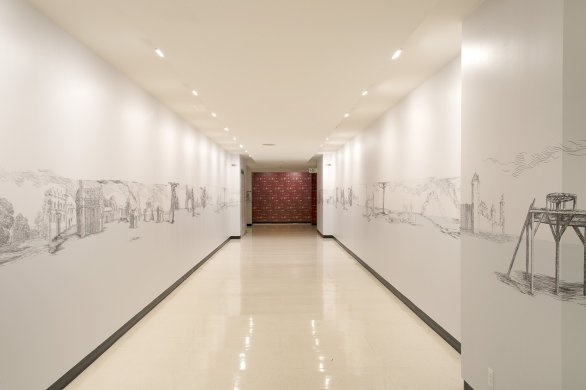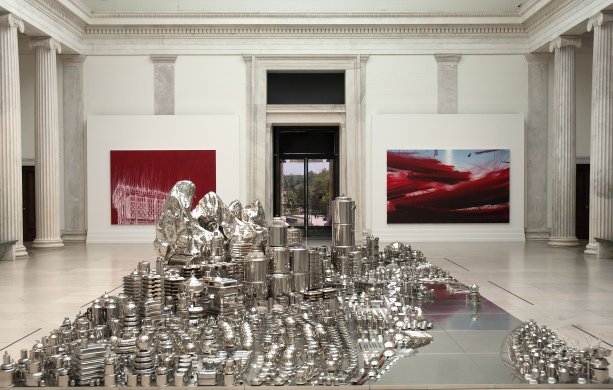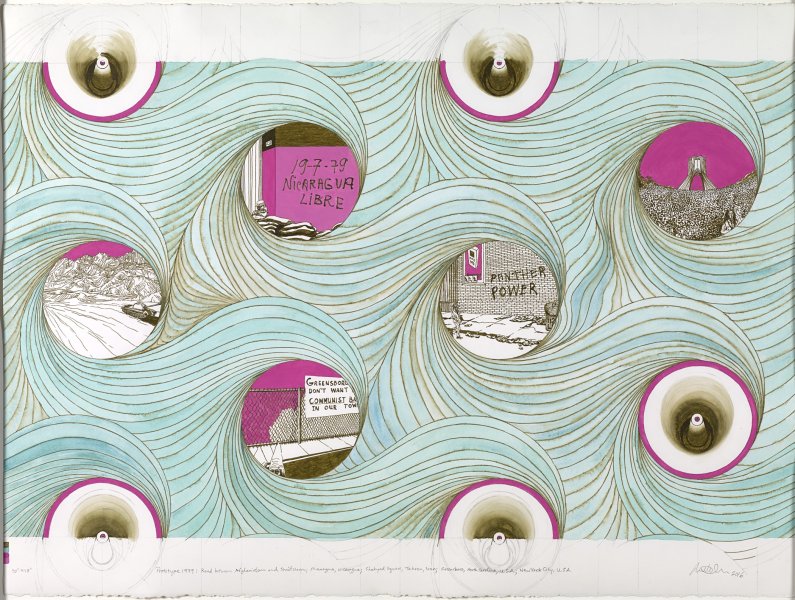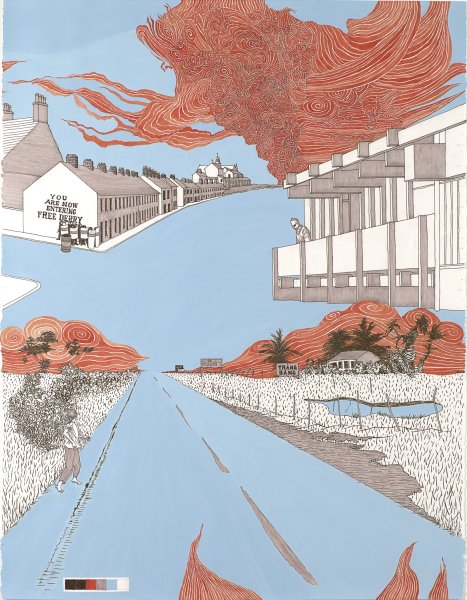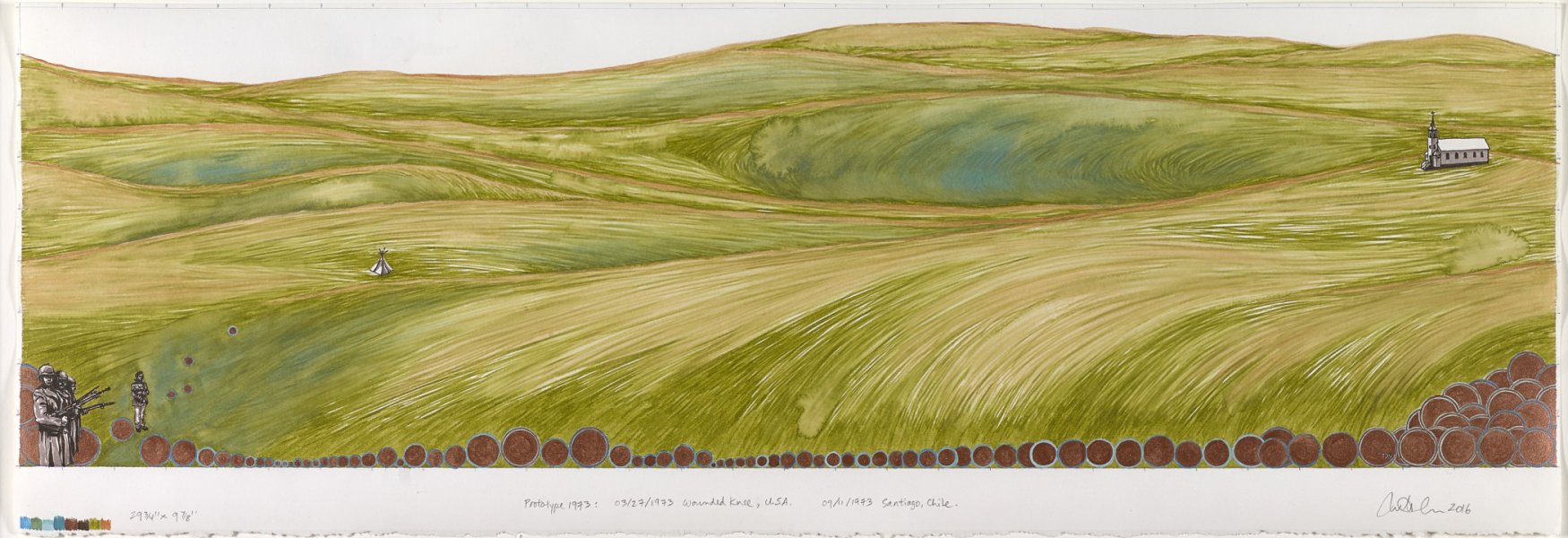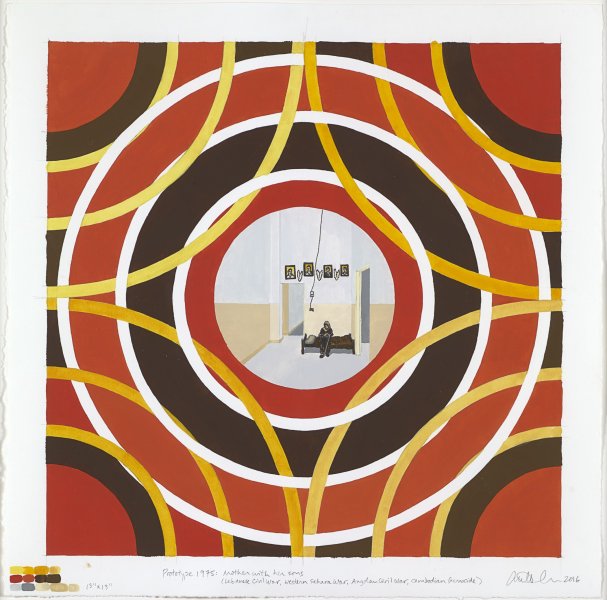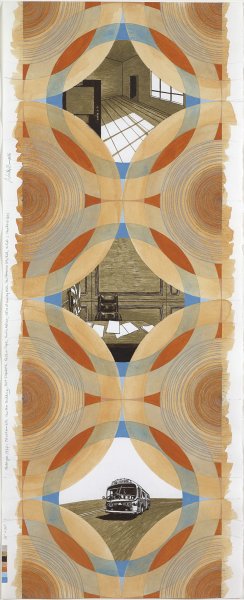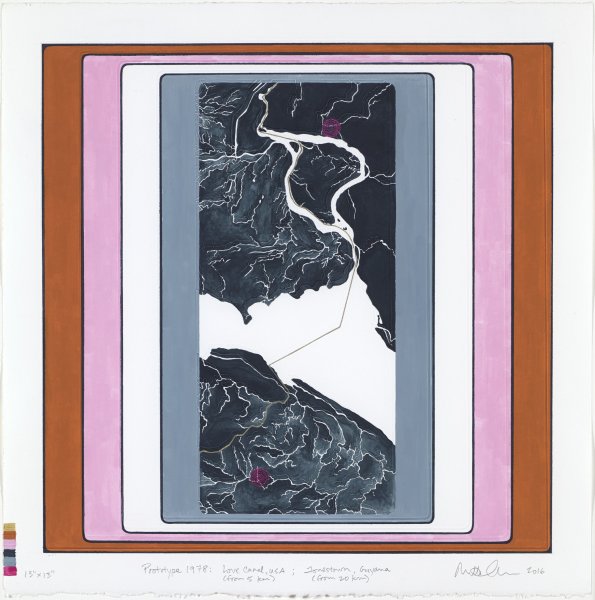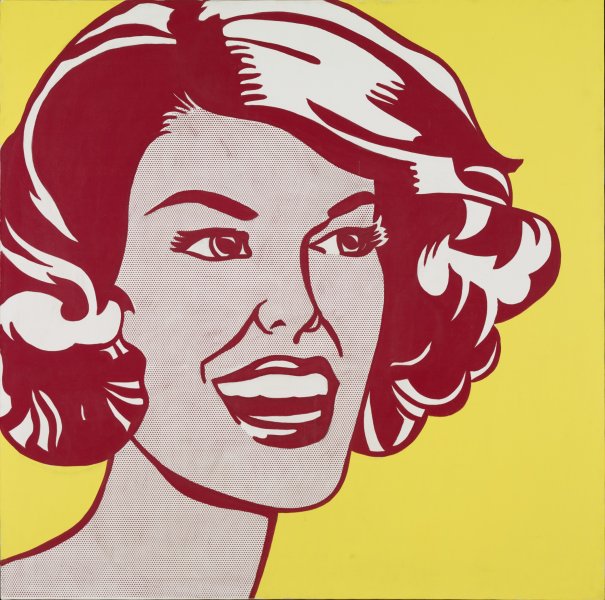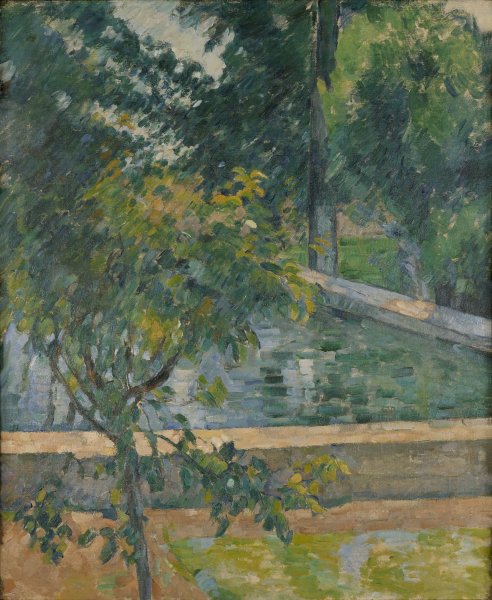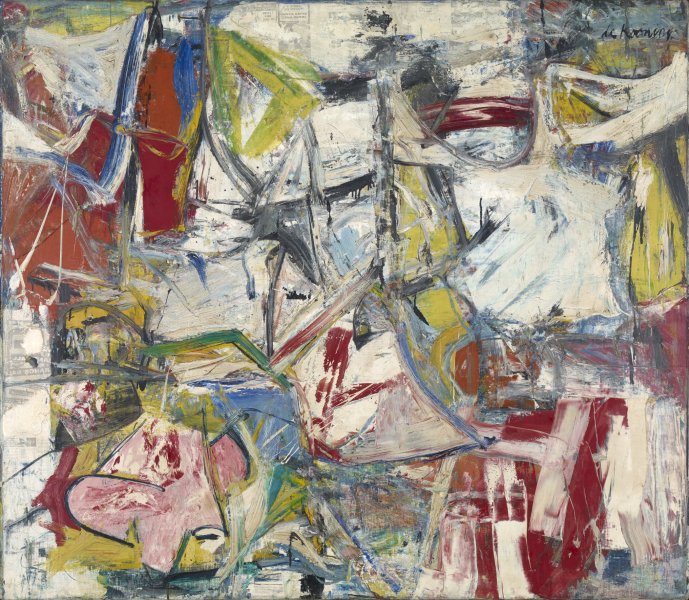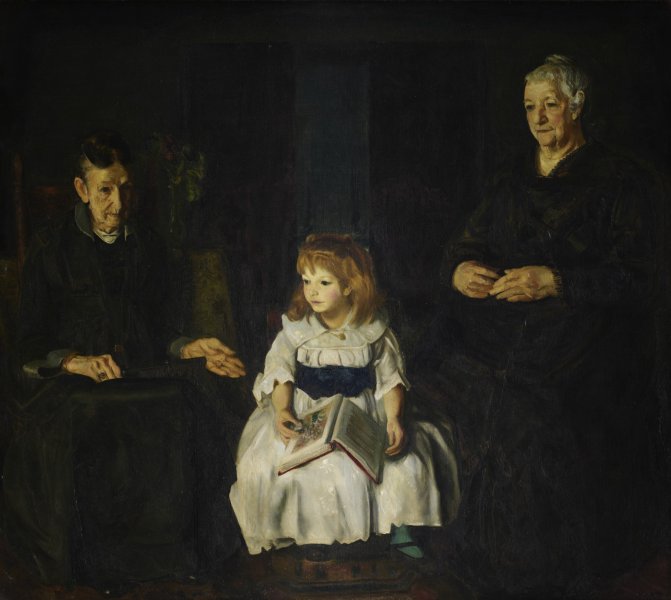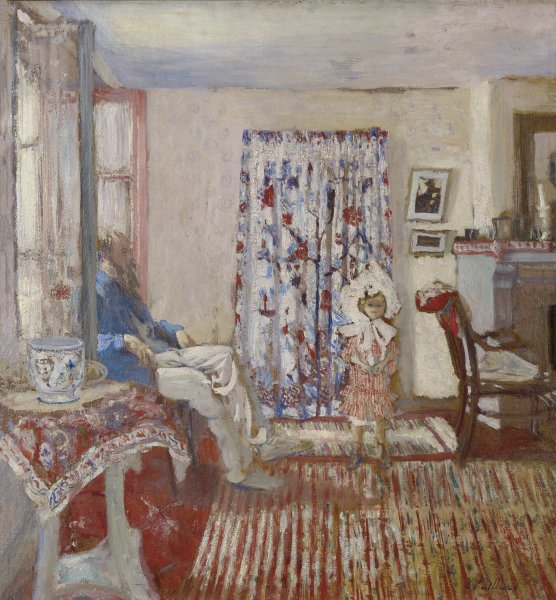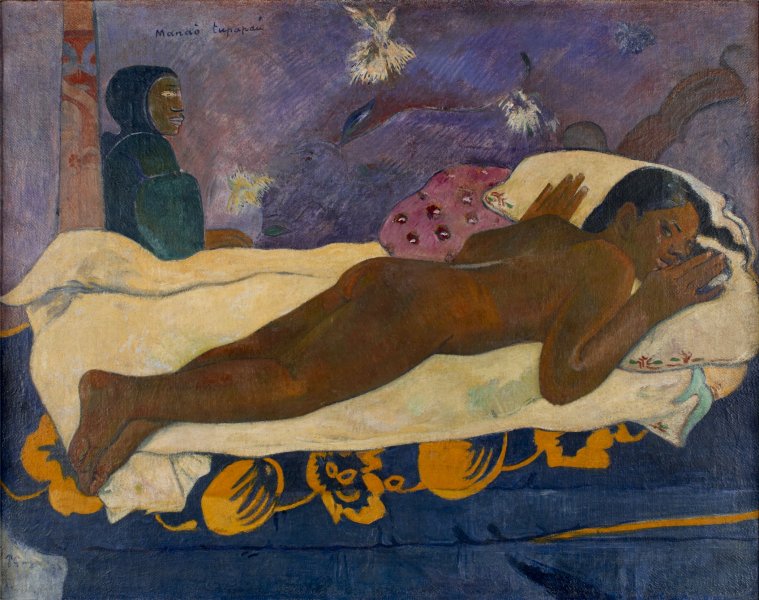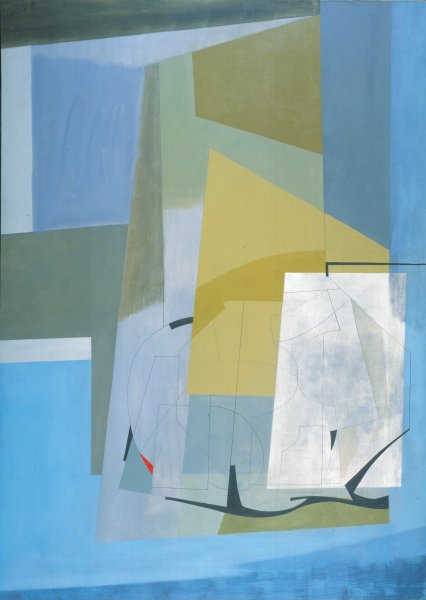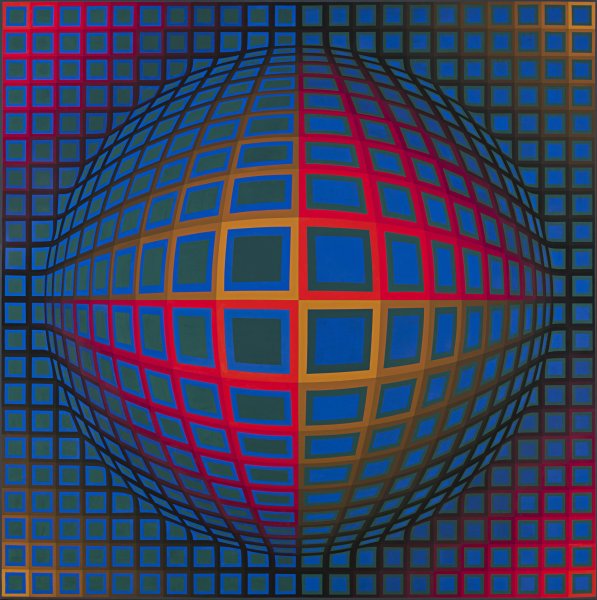Millie Chen
Canadian, born Taiwan, 1962
Miseries & Vengeance wallpapers, 2013
Artwork Details
Materials
reproducible digital image file
Measurements
dimensions variable
Collection Buffalo AKG Art Museum
Credit
George B. & Jenny R. Mathews Fund, 2013
Accession ID
2013:1a-b
What is the capacity of aesthetics to convey atrocity?
In the Miseries & Vengeance wallpapers, what initially appear to be decorative walls are ultimately revealed to be a provocative dialogue between two sets of images. The exquisitely horrific imagery was culled from a set of historic prints from the Albright-Knox's collection. In the seventeenth century, Jacques Callot produced the epic suite of etchings, “The Miseries and Misfortunes of War,” that document the Thirty Years’ War. An early recorder of the atrocities of war and social injustice, Callot influenced the likes of Francisco de Goya, a fellow observer of human folly and cruelty.
The Miseries & Vengeance wallpapers improvises on the thematic rubrics established by Callot for his suite of etchings. On the Miseries wallpaper, agonized bodies have been extracted from Callot’s prints and assembled to form a disturbingly decorative pattern. On the Vengeance wallpaper, the landscapes from Callot’s etchings have been entirely emptied of bodies and presented as vacated/evacuated terrain, leaving only land and built structures like buildings and torture devices. Callot grouped his scenes into two categories, namely “Miseries and Misfortunes,” which details the perpetration of the atrocities, and “Vengeance or Justice?” which strikes the simultaneously zealous and ambivalent tone of retribution where the line between perpetration and vengeance is often blurred. Key elements extracted from the original prints are repurposed on the wallpapers; these act not only as indicators of Callot’s vision but also serve as links to contemporary territories of conflict that rage on, four centuries later.
The term “landscape” inherently suggests aestheticization. What happens on that land quickly becomes invisible. Despite the violent, scarring impact of humans on the earth, the history of atrocities can easily become absorbed, literally, back into the landscape. It is only through the insistence of memory and the retelling of past events that we can keep alive the brutal facts, even as acts of atrocity continue to be perpetrated in the present.
Artist's statement written for Millie Chen: The Miseries & Vengeance Wallpapers, October 4, 2013–November 16, 2014









